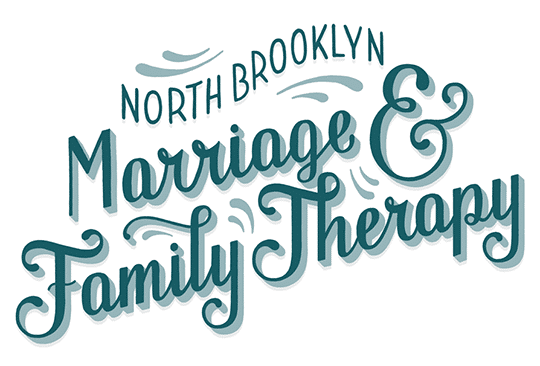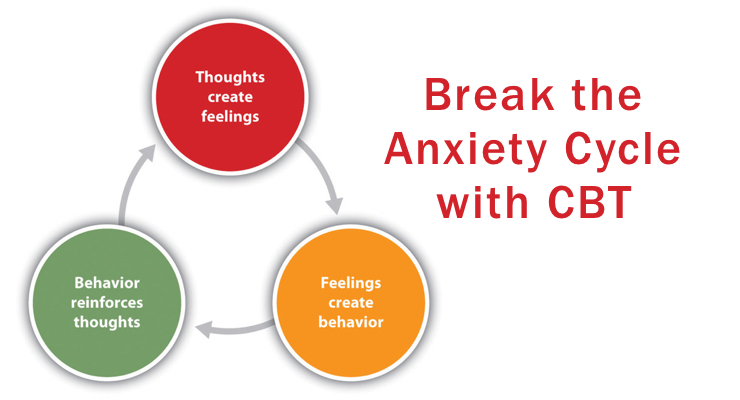Anyone who has experienced anxiety will recognize the symptoms all too well. Feeling irritable, tired, difficulty concentrating, trouble falling asleep, muscle tension, etc. These are some of the most common experiences reported by people with anxiety. Have you ever found yourself pre-worrying? Or thinking about every possibility that could possibly happen? And then land on the most troubling one and convince yourself of its inevitably? Well, if you have, you’re not alone.
Anxiety Disorders: Common Diagnoses
According to The Anxiety and Depression Association of America, anxiety disorders are most commonly diagnosed in the US, affecting 18% of the population age 18 and over. Annually, anxiety disorders cost the United States $42 billion, which is one third of the country’s $148 billion mental health bill. With the fast-paced, over-scheduled life that most of us lead, especially in New York, this probably does not come as much of a surprise.
What is Cognitive Behavioral Therapy?
One way of thinking about anxiety is to look at it as a cycle. The most widely used and effective form of therapy for anxiety is Cognitive Behavioral Therapy, or CBT. According to CBT, in the most simplistic of terms, an event creates a thought, which triggers a feeling, which influences our actions. For example, your boss sends you a short email, “I’d like to meet with you later this afternoon.” This is the event. The thought might be, “That’s it. I’m going to be fired.” The feelings that follow may be sadness, fear, and of course, any number of anxious symptoms. The actions that come next are very much determined by the ways in which the information is filtered. So if you’ve already decided you are going to get fired, you might act by responding with a lengthy email to your boss about all of your hard work. Or, you might call and text your circle of friends and tell them about all of your fears. Or, you might begin to have trouble focusing on anything other than the upcoming meeting, pacing and feel a wave of exhaustion. If you experience anxiety, this is a recognizable scenario.
Recognizing Cognitive Distortions
There are many cognitive distortions, or filters, through which people use to process interactions in the world. These filters impact people’s experience of anxiety. The following are 2 common filters that many people experience when they are struggling with anxiety. Click the link above for a more comprehensive list of cognitive distortions.
Catastrophizing
This is described in the above example. For example, “my boss wants to meet with me; therefore she is probably going to fire me.” This is an example of catastrophizing something through the “what ifs.”
Black and White Thinking
I refer to this one as the “always” and “never” distortion. “She is ALWAYS inconsiderate of my feelings.” “My husband NEVER considers my feelings when he is late.” The gray is a very uncomfortable place for most people. Try eliminating “always” and “never” from your vocabulary and replace it with “both, and.”
Challenging Cognitive Distortions
CBT offers a set of tools to challenge these maladaptive distortions. As with most therapeutic work, recognizing the patterns that exist is an important first step. Once distorted filters are identified, therapists will often have clients keep a thought record to track feelings during times of distress.
Continue to follow the North Brooklyn Marriage and Family Therapy blog for more posts on anxiety disorders and the use of CBT as a helpful collection of tools to combat anxiety symptoms.
By Linda Nelli, LMFT



